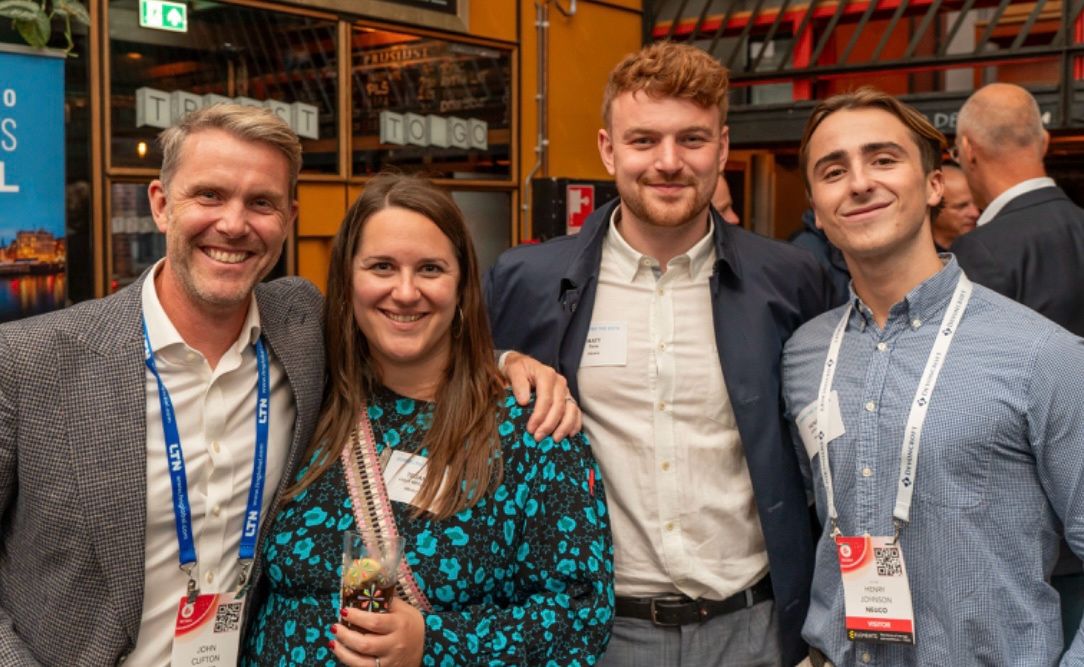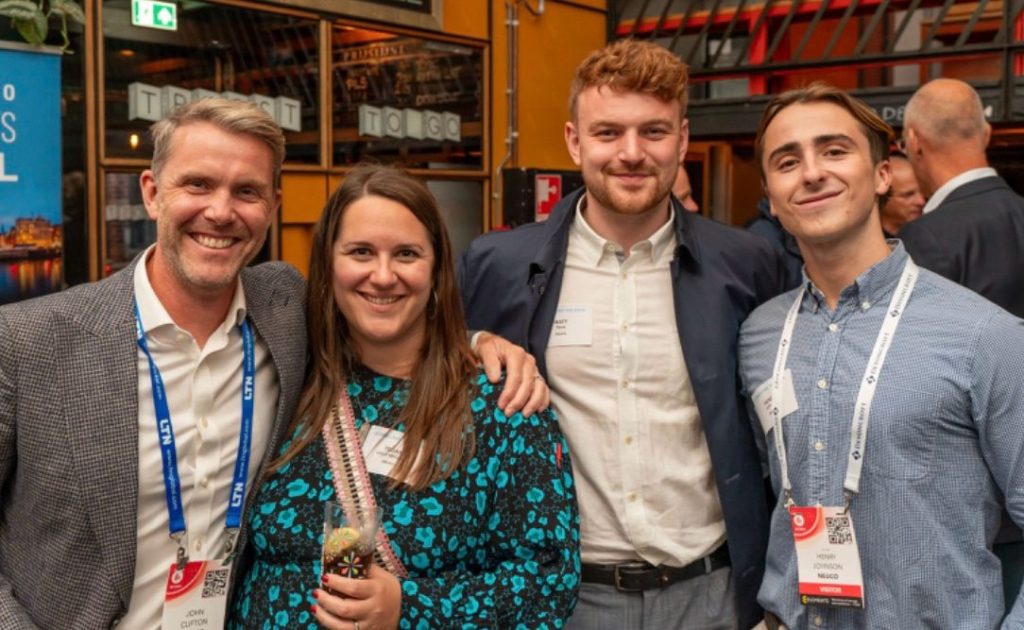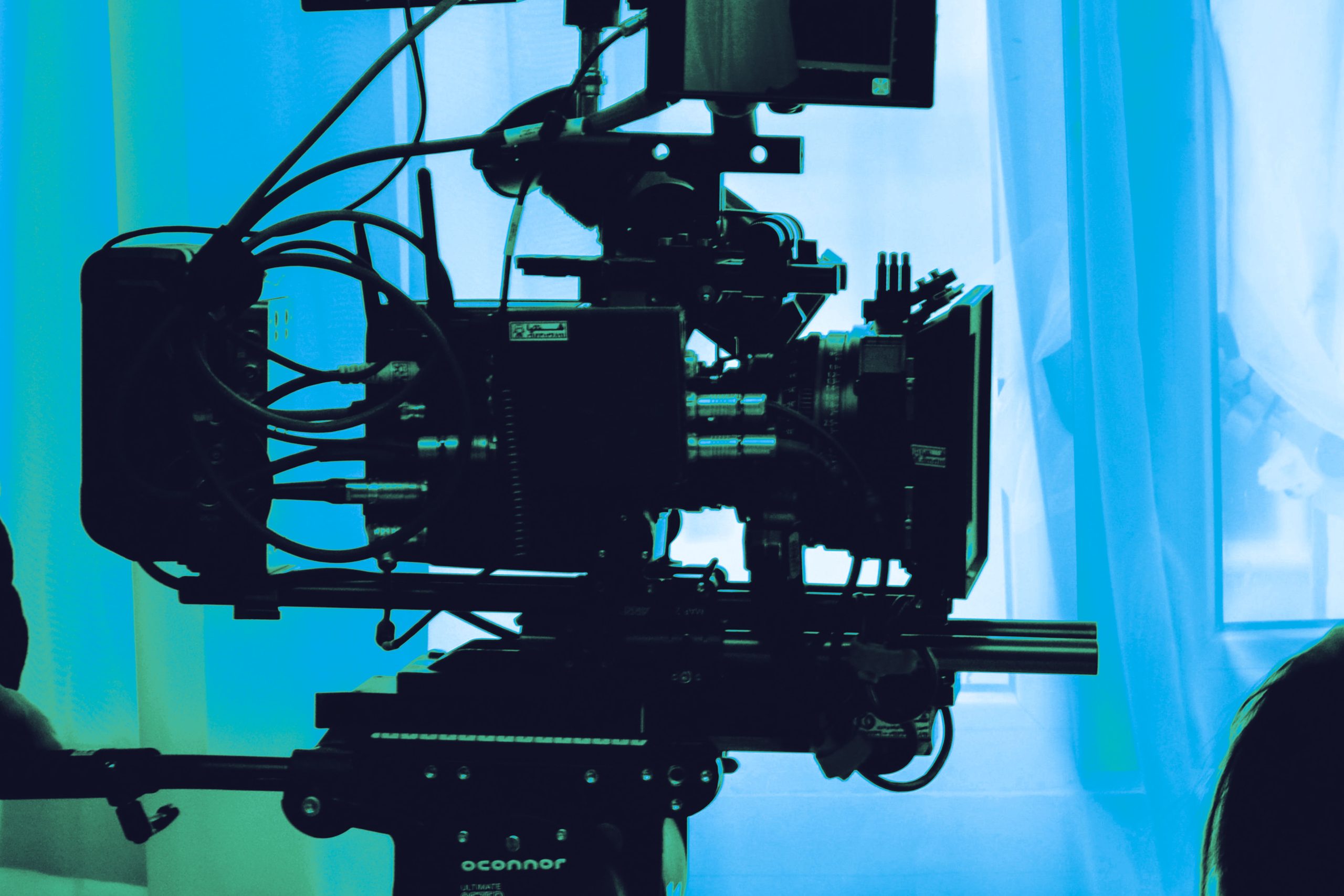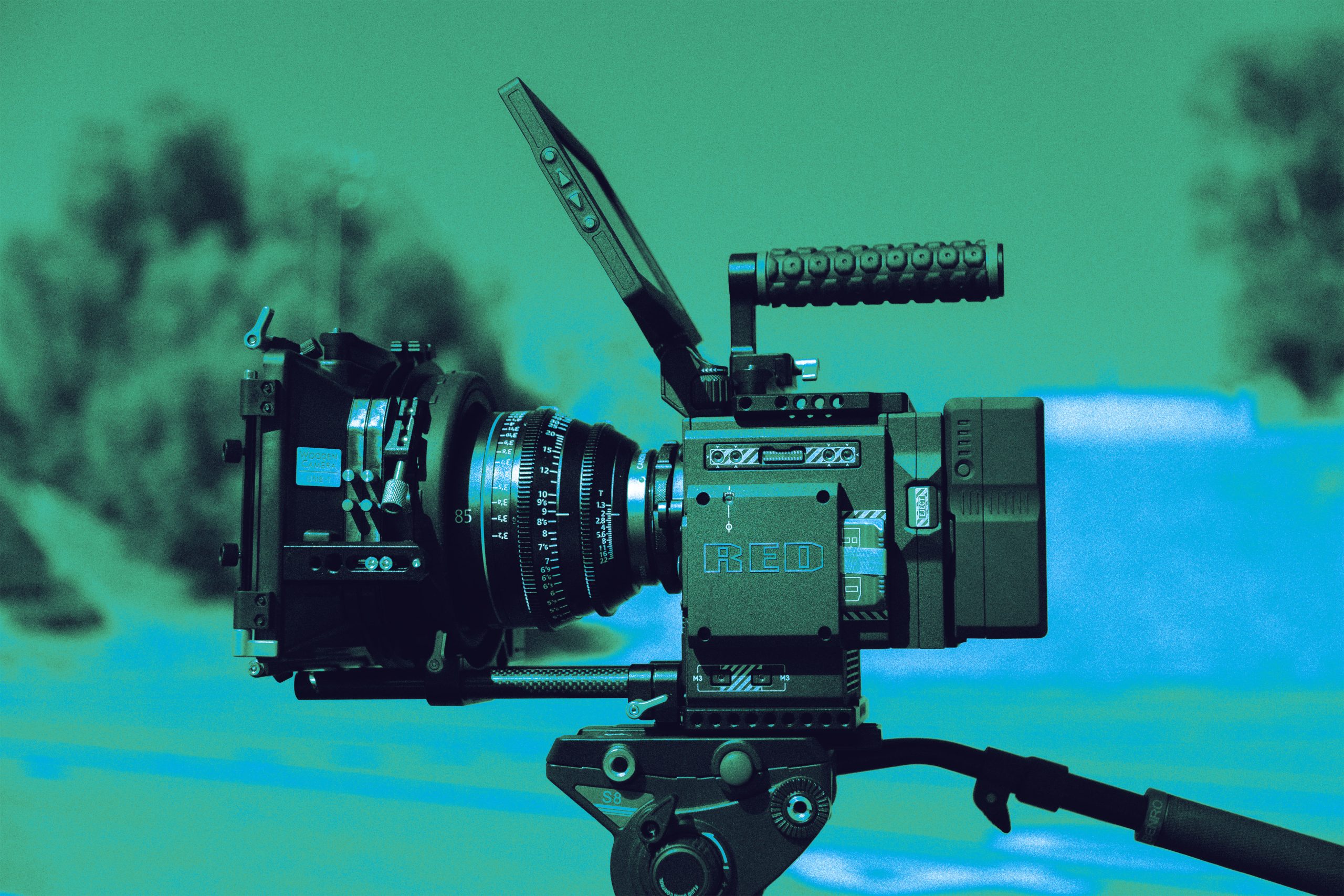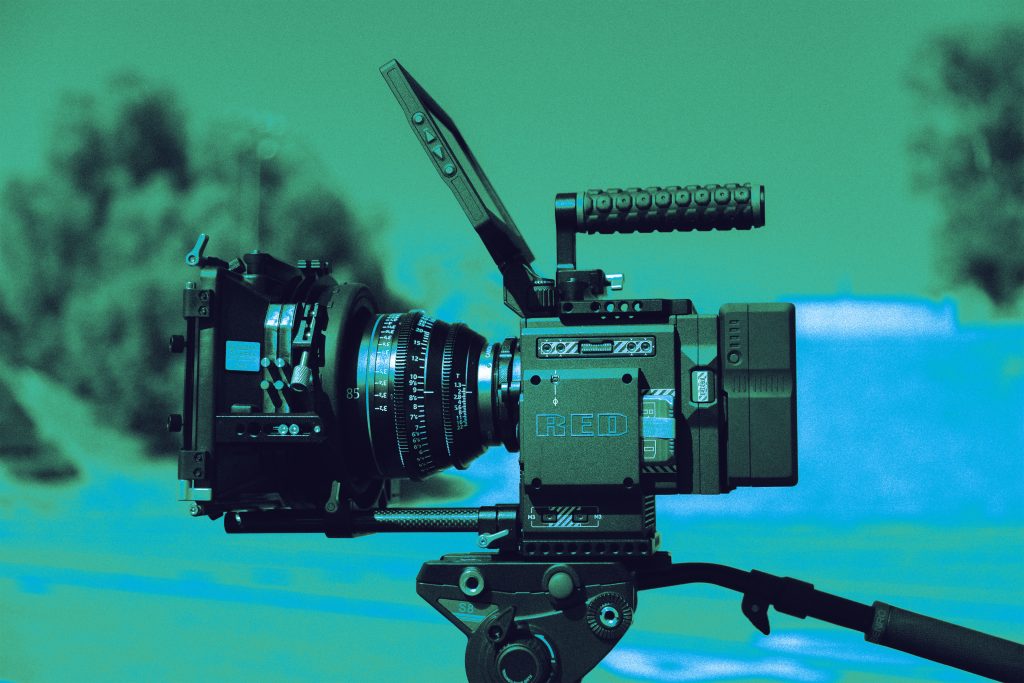With so many social and technological changes happening around the world, transformation is a key skill for any content and media company that wants to stay relevant. On Episode 32 of The Content & Media Matters Podcast we spoke with Chris Pulis, the Chief Technology Officer at Globecast, who has a huge amount of experience when it comes to leading transformation projects. Read on for his insights into the process.
How do you know when to kick off a transformation project?
You have to be in tune with the business. I came into those early projects as someone who saw it as ‘this is something that management has made a decision about’, and I just became part of the overall plan. Later in life, as I ran businesses, I could see that there were changes happening in the business and identify which of those are different areas of the business needed to be addressed.
I realised that if we want to stay relevant, we have to move off of antennas, because satellites are moving into terrestrial networks like the cloud. We need to start making investments and changes so that we’re not behind. To me, one of the worst things in the world is hearing about changes for the first time from a customer. Our goal is to make sure that we’re ready for that and that we’re bringing these solutions to the customers before they even know what they are.
But, transformation efforts are difficult. Change drives anxiety, and everybody reacts a little differently to it. Some people have an easier time with it, but it bothers some people a lot. You need to be understanding of that and have a plan that keeps empathy in mind and that also includes education or training. Your plan has to enable everybody to be successful at doing this new thing. As a management team, you will be a support group for this change that’s coming. At the end of the day, it’s about people, and enabling an environment or culture that understands that it’s not going to be easy for everybody.

How do you make sure that teams and individuals are engaged in these transformation projects?
I think it’s important to be very transparent with people. In the entertainment industry, some people have a philosophy of ‘Knowledge is power, and I’m going to keep this knowledge, and I’m not going to share any of it’. I actually subscribe to the opposite philosophy, which says that the importance of power is to share it. By that I mean making sure that everybody understands what the plan is, what the goals are, and if for some reason something’s not clear, then creating an opportunity to come together and clearly define what that is. If everybody knows how things are going to evolve, there will be less anxiety.
I use town hall meetings on a frequent basis to make sure everybody understands the plan. I take pictures of everything and I share them all the time. I want everybody to feel like they have an understanding of the process. There shouldn’t be any surprises about an ongoing transformation.
How do you measure success within transformations?
It is a challenge. When you go into a transformation project, you need to put together a plan that says what we are supporting for the business, what we are enabling from an addressable market standpoint, and what new revenue streams we are enabling as a result of this transformation. Sometimes it’s strictly an efficiency play, because you’re moving from a technology that doesn’t scale to a technology that’s significantly scalable with a low incremental cost. You’ve got to sit down and look at the business plan. You can’t just say, ‘We have a new technology and we’re going to adopt it’, you have to think, ‘How is this AI going to enhance our customer experience?’ Figure out the business plan first before you implement the transformational exercise to make that change.
To hear more about leading transformations, tune into Episode 32 of The Content & Media Matters Podcast here.
We sit down regularly with some of the biggest names in our industry, we dedicate our podcast to the stories of leaders in the technologies industries that bring us closer together. Follow the link here to see some of our latest episodes and don’t forget to subscribe.



